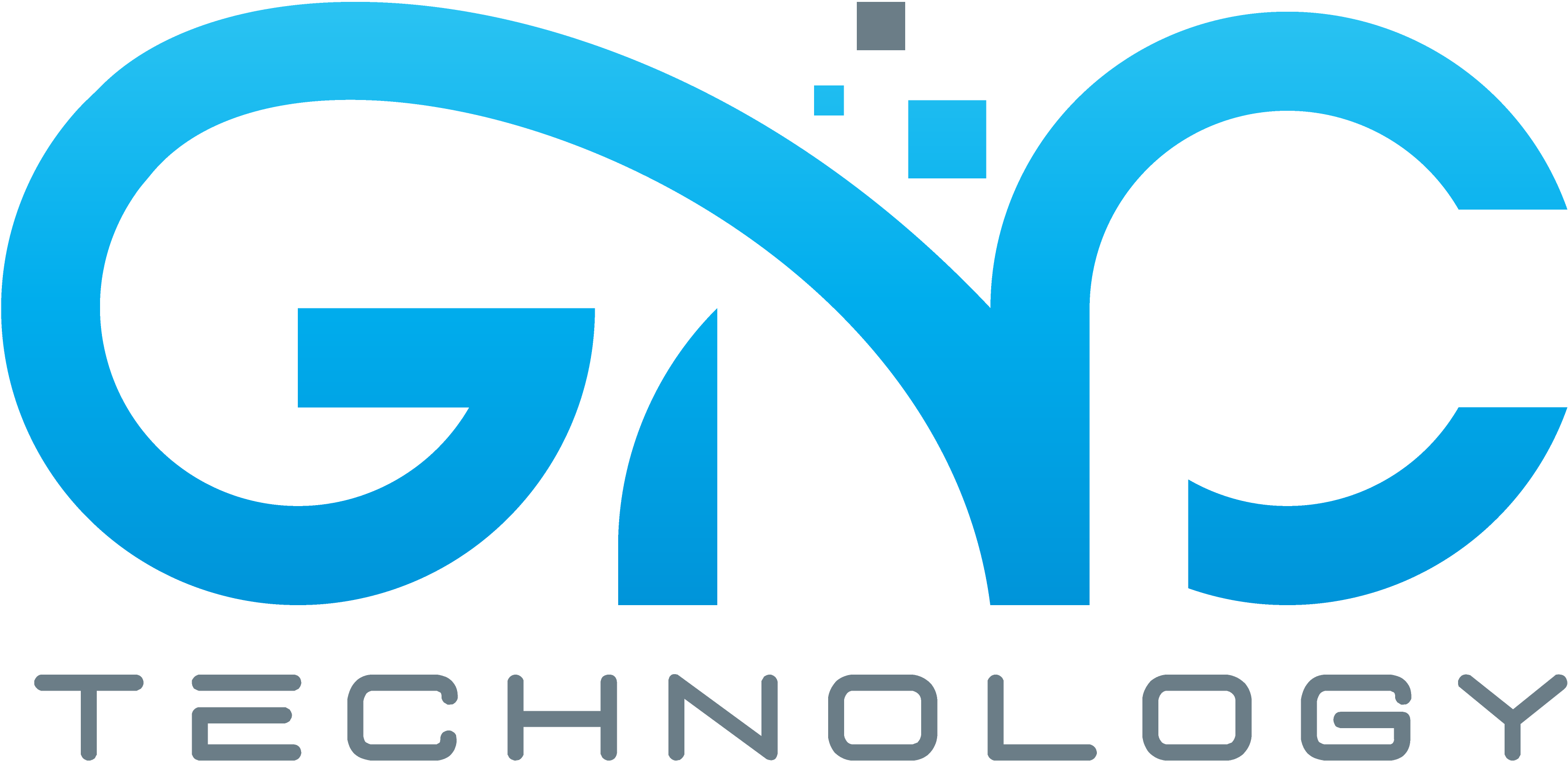Top 5 Cybersecurity Trends That Will Shape Enterprise Security in 2025
As cyber threats continue to evolve in sophistication and scale, organizations must stay ahead of emerging trends to protect their digital assets. In this article, we'll explore the five most significant cybersecurity trends that will shape enterprise security in 2025, from AI-powered threat detection to innovative approaches in zero-trust architecture.
1. AI-Driven Threat Detection and Response
Artificial intelligence and machine learning have revolutionized cybersecurity operations, and in 2025, we'll see this trend accelerate dramatically. AI systems are now capable of analyzing vast amounts of security data in real-time, identifying patterns that would be impossible for human analysts to detect.
Key developments in this space include:
- Autonomous security systems that can detect, analyze, and respond to threats without human intervention
- Predictive security analytics that anticipate potential vulnerabilities before they're exploited
- Context-aware AI that understands normal behavioral patterns for each user and system, enabling more accurate anomaly detection
- AI-driven deception technology that creates sophisticated honeypots to trap and analyze attacker techniques
The integration of AI into security operations centers (SOCs) is drastically reducing the time to detect and respond to threats, from what used to be days or weeks down to minutes or seconds. This acceleration is essential as attackers deploy their own AI-powered tools to discover and exploit vulnerabilities at machine speed.
2. Zero Trust Architecture Becomes Standard
The principle of "never trust, always verify" has moved from an emerging concept to a foundational security approach. By 2025, zero trust architecture will be considered a baseline requirement for enterprise security rather than an advanced strategy.
Key components of mature zero trust implementations include:
- Continuous and dynamic authorization for all resource access
- Microsegmentation that limits lateral movement within networks
- Identity-centric security that focuses on authenticating users rather than securing perimeters
- Risk-based conditional access that adjusts security requirements based on contextual factors
- End-to-end encryption of all data, both in transit and at rest
Organizations are increasingly implementing zero trust not just for remote work scenarios but across their entire technology stack, including cloud environments, IoT devices, and supply chain connections. This comprehensive approach is essential as traditional network boundaries continue to dissolve in our hyper-connected business environments.
3. Supply Chain Security Takes Centre Stage
Following high-profile software supply chain attacks like SolarWinds and Kaseya, organizations are intensifying their focus on securing the entire software development lifecycle and third-party dependencies.
Key supply chain security measures include:
- Software Bill of Materials (SBOM) requirements for all vendors
- Automated vulnerability scanning of third-party components
- Secure coding practices and DevSecOps integration
- Advanced vendor risk management programs
- Zero trust principles applied to vendor access and integrations
Regulatory requirements around supply chain security are also tightening, with many industries now mandating comprehensive vendor security assessments and continuous monitoring of third-party risks. Organizations are investing in specialized tools that can automatically inventory and assess the security of all components in their technology stack.
4. Quantum-Resistant Cryptography
As quantum computing capabilities advance, traditional encryption methods face an existential threat. By 2025, forward-thinking organizations will be actively implementing quantum-resistant cryptographic algorithms to protect their most sensitive data.
Key developments in quantum security include:
- Post-quantum cryptographic standards from NIST being widely implemented
- Hybrid approaches that combine traditional and quantum-resistant algorithms
- Crypto-agility frameworks that allow organizations to quickly swap encryption methods
- Long-term data protection strategies that account for "harvest now, decrypt later" attacks
While large-scale quantum computers capable of breaking RSA and ECC encryption are still years away, organizations with sensitive data that must remain secure for decades are already beginning the transition to quantum-resistant algorithms. This transition is complex and time-consuming, requiring careful planning and execution.
5. Security Mesh Architecture
As enterprises continue to distribute their operations across various cloud providers, edge locations, and remote work environments, traditional security perimeters are no longer effective. Security mesh architecture provides a flexible, composable approach to security that follows data and users wherever they go.
Key elements of security mesh include:
- Distributed identity verification across all environments
- Centralized policy management with distributed enforcement
- Consistent security controls regardless of resource location
- Integration of disparate security tools through common frameworks and APIs
- Continuous security posture assessment across the enterprise
This approach allows organizations to maintain consistent security in highly distributed environments while reducing the complexity of managing multiple security tools. Security mesh architectures also improve resilience by avoiding single points of failure in security controls.
Preparing for 2025's Security Challenges
As these trends reshape the cybersecurity landscape, organizations should consider the following steps to prepare:
- Assess your current security architecture against zero trust principles
- Evaluate AI-driven security tools that can augment your human security team
- Develop a comprehensive supply chain security program
- Begin planning for the transition to quantum-resistant cryptography
- Design a security mesh architecture that can protect your distributed enterprise
By staying ahead of these trends, organizations can build security programs that not only protect against current threats but are also adaptable to the evolving threat landscape of 2025 and beyond.
